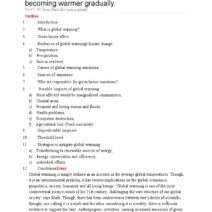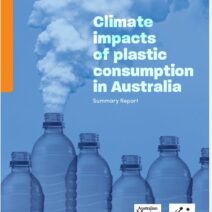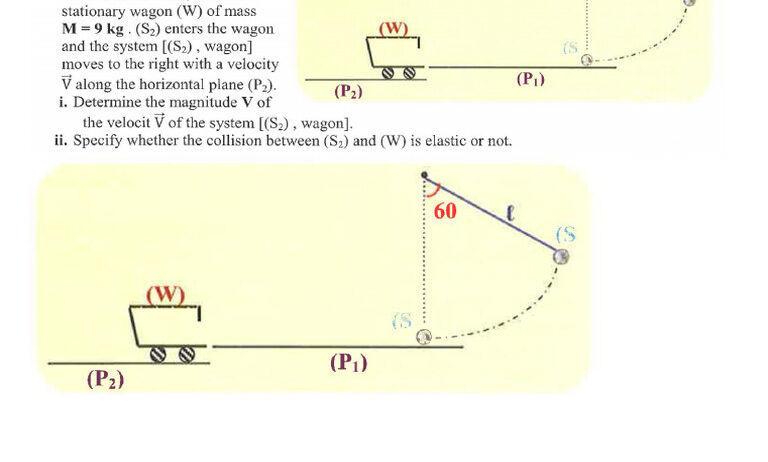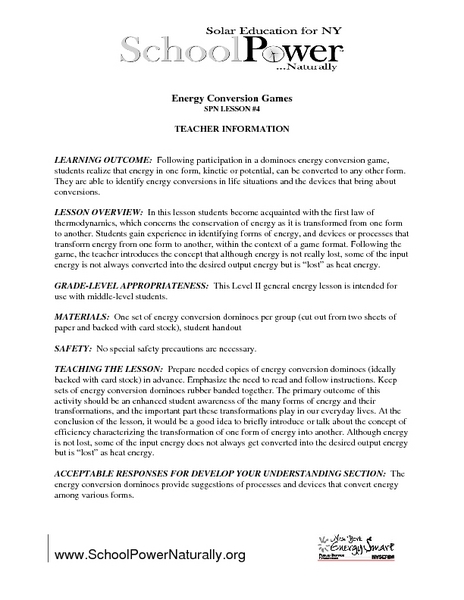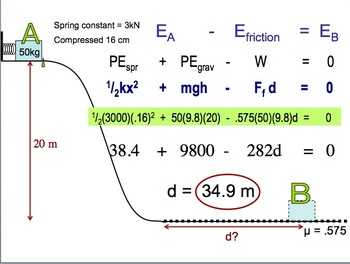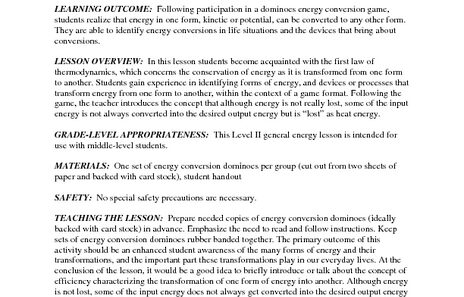Energy conservation is a vital topic that encompasses a myriad of goals aimed at fostering a sustainable and environmentally friendly future. At its core, the two principal goals of energy conservation can be succinctly articulated as enhancing efficiency and reducing consumption. Each of these goals has far-reaching implications for both individuals and society at large. Below is a comprehensive breakdown of these two cardinal objectives, elucidating their significance and the multifaceted benefits they confer.
1. Enhancing Efficiency
Enhancing efficiency refers to the optimization of energy use in various applications, from industrial processes to residential consumption. The primary objective is to derive maximum output from a given energy input, thereby minimizing waste. This not only aids in conserving natural resources but also leads to substantial economic savings for both consumers and businesses.
In the context of residential energy use, achieving efficiency can involve adopting energy-efficient appliances. For instance, Energy Star-rated devices utilize significantly less energy compared to their conventional counterparts. The adoption of LED lighting has also become a popular measure, as these bulbs consume about 75% less energy than traditional incandescent bulbs, while offering longer life spans.
On a larger scale, industrial efficiency can be bolstered through the retrofitting of existing systems to improve performance. Many manufacturing processes utilize outdated machines that operate at lower efficiencies. By investing in modern technology, facilities can not only reduce their energy expenditure but also improve their overall operational effectiveness.
Moreover, energy audits can play a crucial role in identifying inefficiencies within buildings. These comprehensive assessments analyze energy consumption patterns and recommend strategies to enhance efficiency. Hence, a systematic approach to energy auditing can reveal opportunities for substantial savings, paving the way for overall enhancement of efficiency across sectors.
In tandem, the understanding of energy management systems becomes increasingly pertinent. Implementing automated systems that monitor and control energy use can lead to significant improvements in efficiency. These systems allow for real-time tracking, promoting a proactive approach to energy use that discourages wastage.
2. Reducing Consumption
The second principal goal of energy conservation is the reduction of overall energy consumption. This objective is imperative in tackling the broader issue of climate change and its repercussions on the planet. By consuming less energy, we directly contribute to the diminishment of greenhouse gas emissions and enhance the sustainability of our natural ecosystems.
Reducing consumption can be achieved through various behavioral changes and policy implementations. On an individual level, simple lifestyle modifications—such as turning off lights when they are not in use, unplugging idle electronics, or utilizing public transportation—can lead to significant upswings in energy savings. These behaviors, when adopted widely, can collectively result in a paradigm shift towards reduced energy utilization.
From a policy perspective, governments can enact regulations that encourage reductions in energy consumption. Mandating stricter building codes that require more energy-efficient designs can incentivize developers to prioritize sustainability. Additionally, the promotion of public awareness campaigns can serve to educate citizens about the benefits of energy conservation and guide them towards adopting more sustainable practices.
Furthermore, comprehensive urban planning plays an integral role in reducing energy consumption. As cities evolve, a focus on developing walkable communities and improving public transportation can significantly lessen reliance on personal vehicles. This decrease not only cuts down on energy usage but also leads to improvements in air quality and public health.
Reducing consumption is not merely about individual actions; it is deeply intertwined with economic structures. By fostering a culture that values sustainability, businesses can be encouraged to adopt practices that prioritize energy conservation. This can include utilizing renewable energy sources or implementing sustainable procurement practices to diminish their overall energy footprint.
Synergistic Benefits
The intersection of enhancing efficiency and reducing consumption yields synergistic benefits that transcend immediate energy savings. By achieving these goals, society not only mitigates environmental impacts but also fosters economic resilience. The resultant financial savings accrued from lower energy bills can be reinvested in critical areas, such as education and healthcare, ultimately promoting societal well-being.
Moreover, the promotion of energy conservation aligns with global initiatives aimed at reducing carbon emissions and combating climate change. As nations pledge to meet specific targets outlined in international agreements, the twin goals of efficiency and consumption reduction can help pave the way for achieving these ambitious objectives. This is particularly crucial in an era where the urgency for action to mitigate climate change has reached a crescendo.
Additionally, there exists a profound social dimension to energy conservation. By collaboratively engaging communities in energy-saving initiatives, a sense of collective responsibility is fostered. This empowerment can lead to enhanced community cohesion as residents work together towards shared conservation goals, amplifying the societal impact of individual actions.
In conclusion, the two main goals of energy conservation—enhancing efficiency and reducing consumption—serve as foundational pillars in the pursuit of a sustainable future. By embracing these objectives, individuals and communities can collectively contribute to diminishing environmental impacts, curtailing greenhouse gas emissions, and fostering economic advantages. As energy challenges evolve, the necessity for these goals becomes increasingly critical, underpinning the path towards a more resilient and sustainable world.
